Market Analysis
In-depth Analysis of Zinc Stearate Market Industry Landscape
The Zinc Stearate Market is undergoing dynamic changes, influenced by various factors that shape its growth trajectory.
Expanding End-Use Industries: A key driver in the market dynamics of zinc stearate is its extensive use in various end-use industries. The compound finds applications in plastics, rubber, paints and coatings, and pharmaceuticals. The expansion of these industries, driven by increasing industrialization and consumer demand, contributes significantly to the growth of the zinc stearate market.
Steady Growth in Construction Activities: The dynamics of the zinc stearate market are closely tied to construction activities. Zinc stearate is used as a release agent in the production of concrete blocks and in the processing of PVC pipes and fittings. As construction activities continue to grow globally, the demand for zinc stearate in construction-related applications contributes to market expansion.
Growing PVC Industry: The dynamics are significantly influenced by the growth of the polyvinyl chloride (PVC) industry. Zinc stearate is commonly used as a lubricant and heat stabilizer in PVC processing. The increasing demand for PVC products in construction, automotive, and packaging industries directly impacts the zinc stearate market dynamics.
Technological Advancements: Ongoing technological advancements play a crucial role in shaping market dynamics. Innovations focus on improving the quality and performance characteristics of zinc stearate, making it more effective in diverse applications. These technological strides contribute to the dynamic nature of the market by meeting industry standards and enhancing product offerings.
Regulatory Compliance: Compliance with regulatory standards and environmental regulations is a key factor influencing market dynamics. The zinc stearate market is impacted by regulations governing the use of certain chemicals in various applications. Adhering to these standards is essential for market players, influencing product formulations and manufacturing processes.
Shift towards Bio-Based Alternatives: The market dynamics are influenced by the industry's response to environmental concerns. There is a growing shift towards bio-based alternatives to traditional chemicals, including stearates. This shift impacts the zinc stearate market dynamics as manufacturers explore eco-friendly formulations to meet changing consumer and regulatory expectations.
Emerging Pharmaceutical Applications: The pharmaceutical industry's increasing reliance on excipients in drug formulations contributes to the zinc stearate market dynamics. Zinc stearate is used as a lubricant and glidant in pharmaceutical tablets and capsules. The expanding pharmaceutical sector creates new opportunities for growth in the zinc stearate market.
Global Economic Factors: Economic trends, both on a global and regional scale, play a significant role in the zinc stearate market dynamics. Fluctuations in currency exchange rates, economic stability, and overall industrial growth influence the demand for zinc stearate. Adapting to economic shifts is crucial for market players to navigate and succeed in this dynamic market.
Raw Material Prices: The cost and availability of raw materials, including stearic acid, impact market dynamics. Fluctuations in raw material prices can influence the overall production cost of zinc stearate, affecting pricing strategies and market competitiveness. Industry players need to monitor and adapt to changes in raw material costs for effective strategic planning.
Competitive Landscape: The dynamics of the zinc stearate market are shaped by the competitive landscape, including key players, market share, and strategic initiatives. Intense competition fosters innovation, with companies focusing on product differentiation, quality improvements, and strategic partnerships to gain a competitive edge. The competitive dynamics create an environment where continuous improvement and responsiveness to market trends are essential.
End-User Preferences and Industry Trends: Understanding end-user preferences and industry trends is crucial for adapting to market dynamics. As industries evolve, the demand for specific attributes in zinc stearate, such as purity, particle size, and compatibility, can shift. Market players need to stay attuned to these preferences to effectively position and market their zinc stearate products.

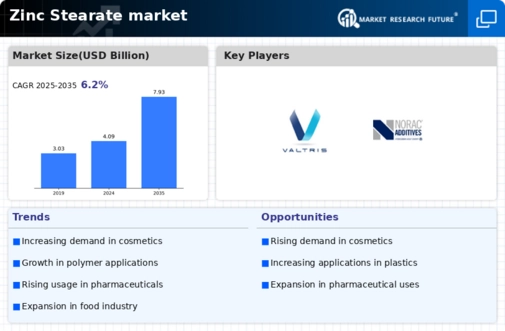

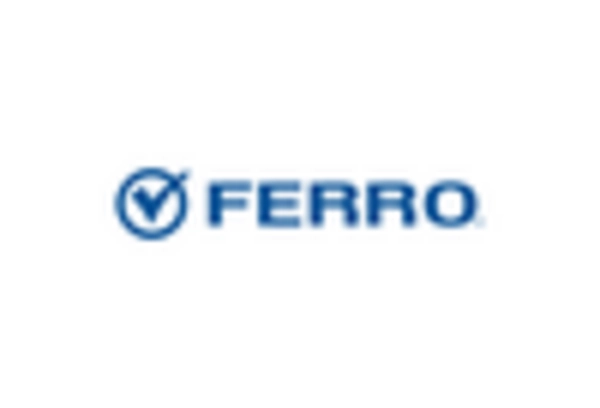
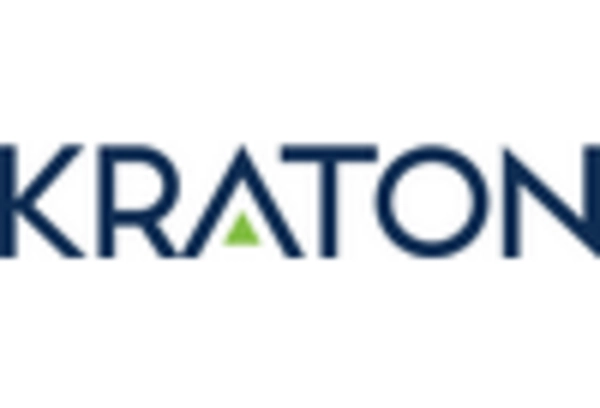
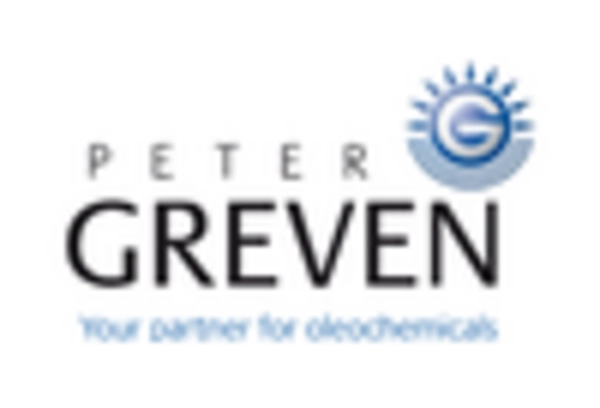
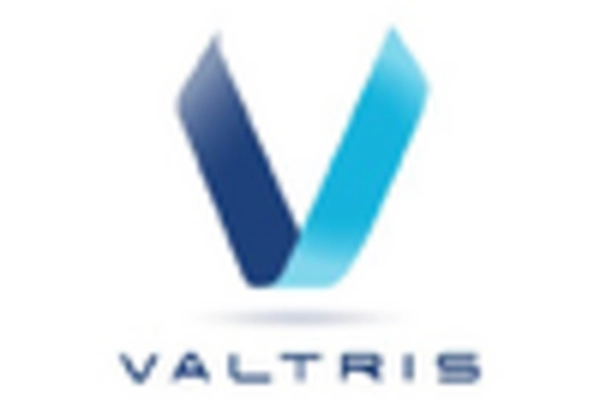
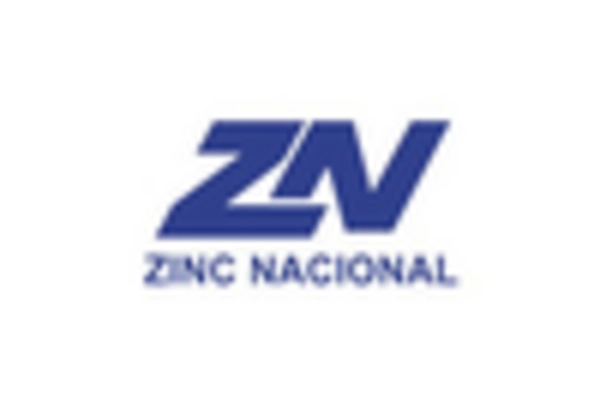









Leave a Comment